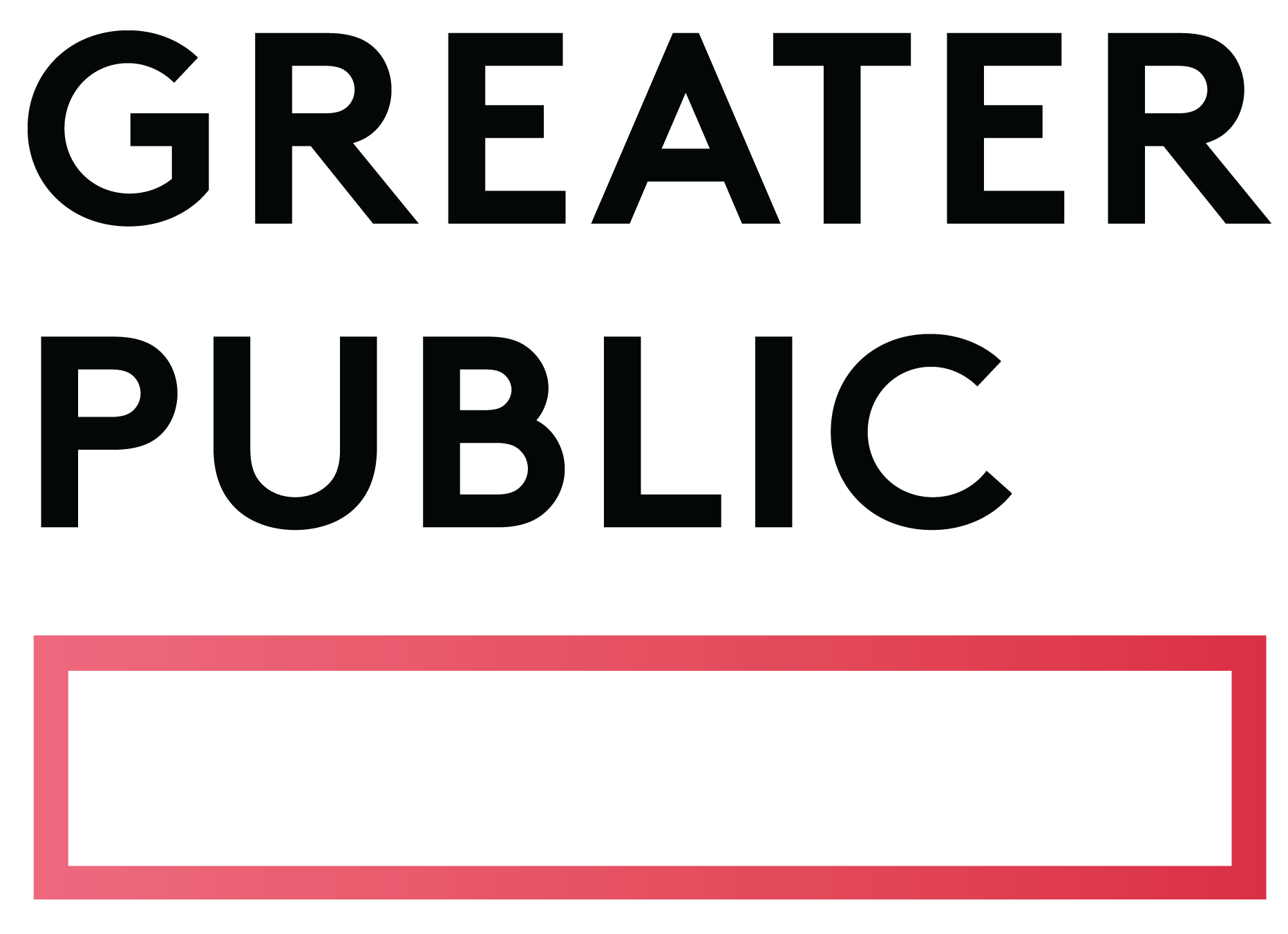Related Articles
Subscribe to the Greater Public newsletter to stay updated.
This site is protected by reCAPTCHA and the Google Privacy Policy and Terms of Service apply.

As this tax year comes to a close, it’s time to review your plan for the tax receipts you’ll provide to donors for gifts made in 2021. These receipts are an important opportunity to strengthen the connection with major, mid-level, and sustaining donors by thanking them for a year of support.
When preparing tax receipts, take a moment to review the IRS Guide for Charitable Contributions: Substantiation and Disclosure Requirements (Publication 1771, last updated 03/2016). Here’s what you should know:
Donors are responsible for maintaining a bank record or written communication for donations of less than $250 and a written acknowledgement from the donee for donations of $250 or more for which they intend to claim a deduction on their tax return.
Your station or organization is responsible for providing written disclosure to donors who receive goods or services in exchange for a single donation of $75 or more.
There is a “Token Exception” for “insubstantial goods or services” (such as a thank-you gift). To be deemed insubstantial, the Fair Market Value can not exceed the lesser of 2% of the payment or $112; or…
Meets the following criteria: The donation is at least $56.00, and the thank-you gift bears your station’s name and/or logo and is valued at no more than $11.20.
Your station is required to provide a written disclosure or receipt for donations of $75 or more that are partly for goods or services and partly for a donation. Your station must provide a good faith estimate of the fair market value of the item(s) (the IRS uses concert tickets as an example.) This is referred to as a “Quid Pro Quo” contribution.
To review these details, see IRS Memo RP-19-44- Page 18.
According to IRS Guide for Charitable Contributions: Substantiation and Disclosure Requirements, the IRS requires the following information:
Other details from the IRS:
And, of course, you should consult with your tax preparer or counsel before instituting these recommendations. It’s become more difficult to locate this information in IRS memos and briefs than in previous years.
Over time, more organizations are asking for donations as part of their tax statements, and finding success. We recommend testing the addition of an appeal/ask as part of your tax statements, like an upgrade request to sustaining members. If your organization doesn’t have many engagement touch-points throughout the year (think newsletters and other non-ask communications), you should consider using your tax statements primarily as a stewardship opportunity to connect with and thank donors for their support. It’s even better to include a separate note or letter with the statement outlining the value of the donor’s support and looking forward to their continued partnership with your station.
Greater Public has sample mail and email copy from stations around the country available for your reference.

View these related member resources and more with a Greater Public membership:
This site is protected by reCAPTCHA and the Google Privacy Policy and Terms of Service apply.
New to Greater Public? Create an account.
